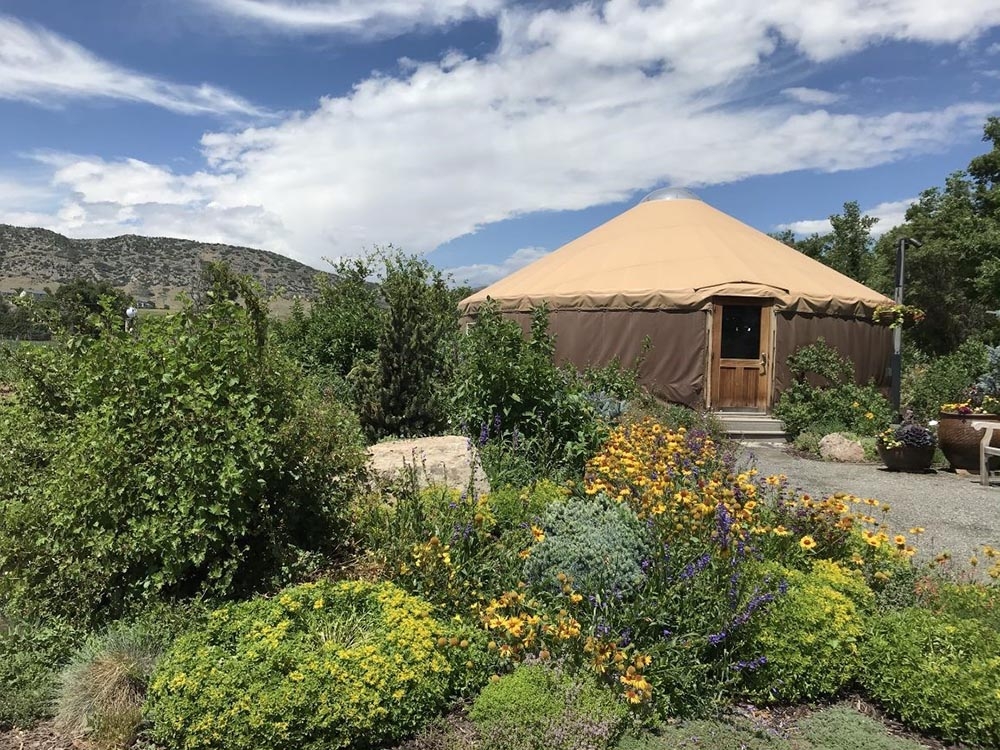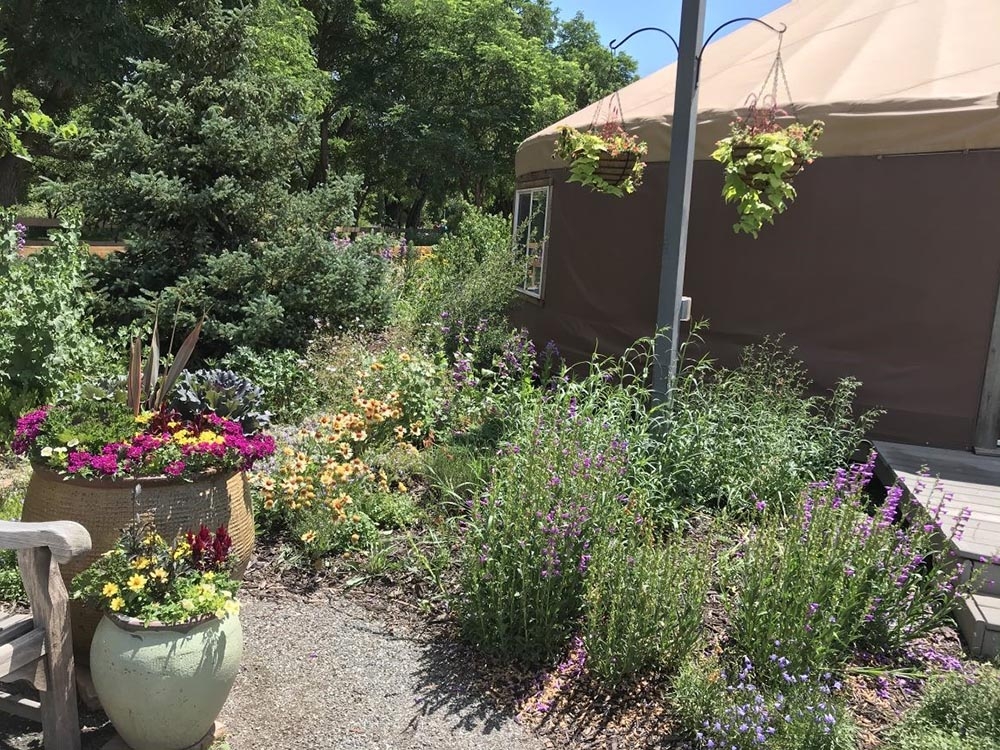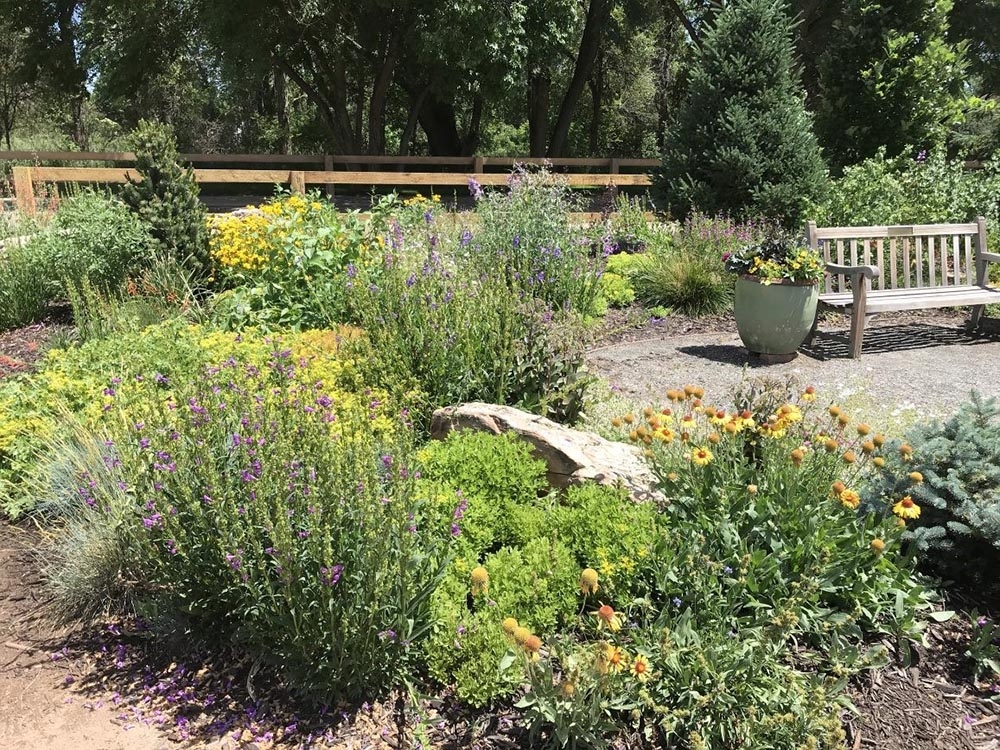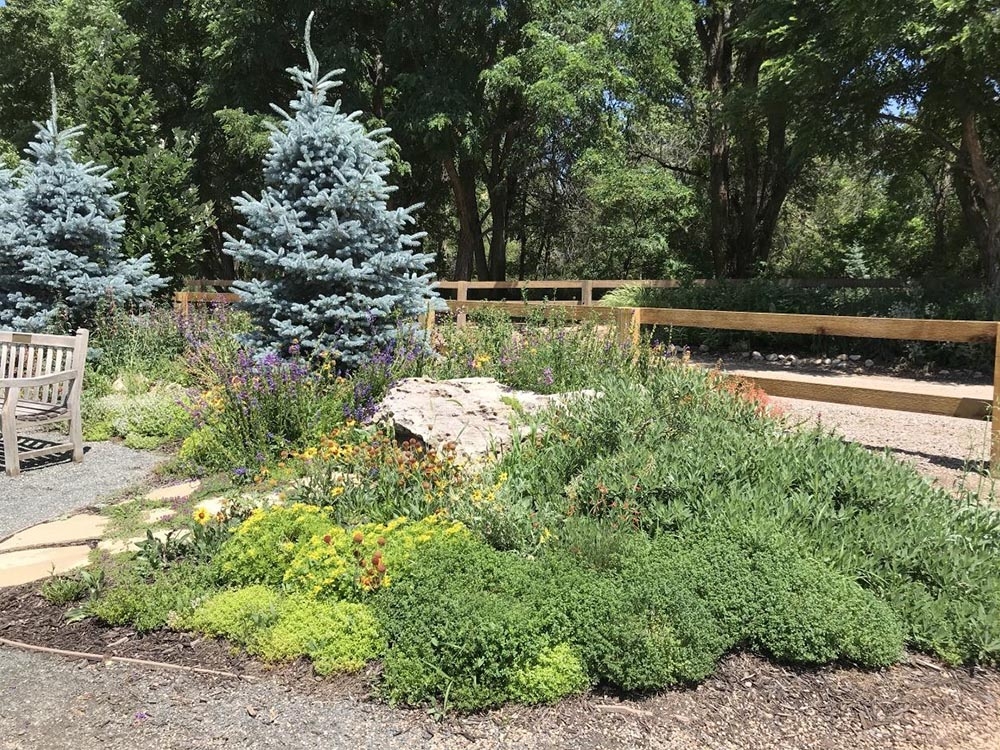The Beautiful and Diverse Penstemon
Penstemons, also called beardtongues, are an incredibly gorgeous and diverse genus of flowering plants. They are only native to North America, making them a wide-reaching yet still unique treasure. These wildflowers find homes across many ecosystem types, from the prairie and steppe to foothills and alpine to moist meadows and rocky crevices. Structurally, they range in height from a few inches to several feet. They bloom in a colorful array as well: pink, red, orange, violet, white and sometimes yellow. There truly is a penstemon for every niche.
With their diversity in size, color and range – one will find that penstemons enhance numerous garden styles: native, pollinator, prairie, rock and alpine, crevice, romantic, cottage and naturalistic to name a few. In the garden, penstemons will thrive in full to partial sun and they prefer well drained soil. Many species like P. pinifolius and P. pseudospectabilis thrive in xeric conditions, and most can handle medium watering schedules. With some sun, water and a little love penstemons are sure to enhance your garden.
Humans are not the only species that enjoy these lovely perennials. Hummingbirds have a haven in the tubular penstemon flowers, especially orange and red species like P. cardinalis and P. eatonii. Native bees also love blooming penstemon as a nectar and pollen waystation, and songbirds delight in the forb once it goes to seed. Their foliage can provide cover for small mammals and birds, as well as diversifying the plant communities and habitats overall.
At Chatfield Farms, visitors can find penstemons in almost every garden – a testament to their versatility and lovability. Some beardtongue hotspots to enjoy are the Prairie Garden, Carol Gossard Colorado Native Plant Garden near the Green Farm Barn and the garden around the yurt. Penstemon’s peak bloom time is right around the corner, so come on down for a show!
Learn more about penstemon by perusing the American Penstemon Society website.
This blog post was contributed by Horticulturist Abigail McLennan.
Gallery




Add new comment